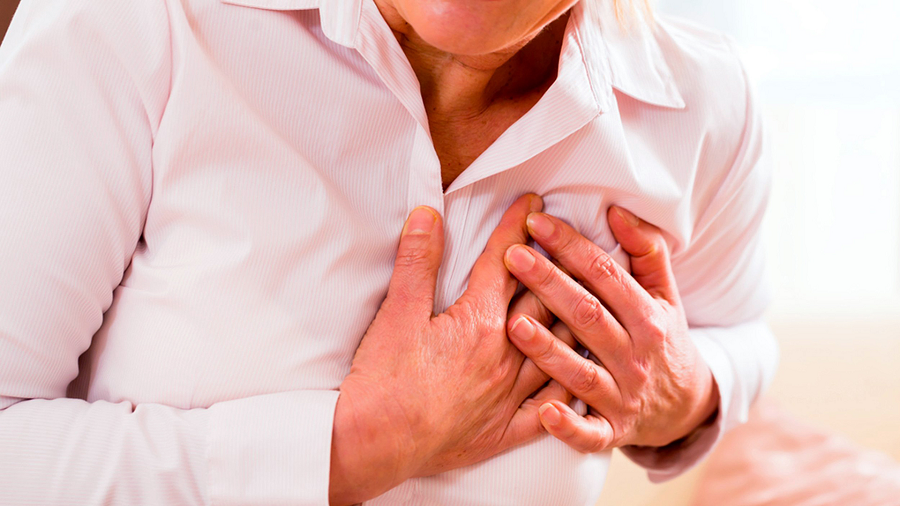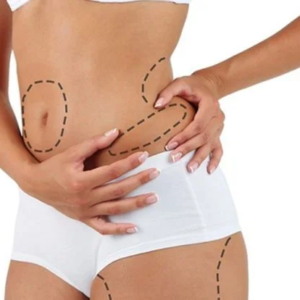Heart Attack: Its Cause, Symptoms, Prevention, And Treatment

Heart attack is referred to as the death of a segment of the heart muscles. It occurs due to the loss of blood inside the heart muscles. The blood supply of the heart muscles generally stops due to the blockage of the artery, which supplies blood to the heart muscles. Blood clotting in the blood supplying artery also leads to the loss of blood in the heart and may lead to a heart attack.
The artery supplies the oxygen-rich blood to the heart muscles so that it can contract & push the blood to the rest of the cells of the body. But if the level of oxygen decreases in the heart muscles, the function of the muscles starts to suffer, and in case of complete loss of oxygen supply, the heart muscles begin to die.
Some Facts You Should Know About The Heart Attack
- During a heart attack, the heart muscles lost its blood supply. The heart muscles receive its blood from the artery which originates in the aorta
- The coronary arteries run along the surface of the heart muscles which supply the oxygen-rich, i.e., oxygenated blood to the heart muscles.
- The right coronary artery supplies blood to the right ventricle and the lower portion of the left ventricle of the heart muscles
- The left anterior descending coronary artery supplies oxygenated blood to the majority of the left ventricle while the circumflex artery provides the back of the left ventricle
- Horizontally the heart is divided into two parts, the lower portion of the heart is called ventricle, whereas the upper chamber of the heart is called atria. Both the atria and ventricles are vertically divided into two parts called as left ventricles, and right ventricles left atria and right atria respectively.
- The right ventricles supply blood to the lungs, whereas the left ventricle provides the blood to the other body parts.
Symptoms Of The Heart Attack
Here we have listed some of the most common symptoms of a heart attack.
- Coughing
- Nausea
- Vomiting
- Crushing chest pain
- Shortness of breath called dyspnea
- Face seeming gray
- Restlessness
In case you feel these above-listed symptoms, you should contact the doctor immediately.

Some Preventive Steps You Should Take For Heart Attack
It is never too late if you want to start the preventive methods. Here we have listed some of the preventive methods to avoid a heart attack
Medication
There are several medications which can reduce the risk of the change of heart attack in humans. But ensure to consult a doctor before consumption of any medicine.
Adopt Some Changes In Lifestyle
There are several changes which you can adopt in your daily life to lower the risk of a heart attack. Some of these changes are:
-
Regular exercise
Regular exercise maintains the excellent flow of blood inside your body.
-
Quit smoking
Several kinds of research exhibited that smoking increases the heart rate, tighten the major arteries of the heart, and also leads to the irregular rhythm of the heart. Smoking also increases blood pressure and increases the chance of the stroke.
-
Proper Consumption Of Water
Intake the consumption of water but ensure that your water is adequately treated by industrial RO water purifier plant. Your blood contains more than 80{0f06621096951f9dc163056155f07a521f5203f52e6b53917fd291a1b5b72857} of water. Thus the lack of water in the blood makes it thicker due to which the arteries receive the proper flow of blood. But drinking pure and healthy water is crucial. RO Care India is one of the best places to get the healthiest and safest water.
Treatment Of Heart Attack
The treatment of the heart attack should be done by a medical professional immediately. In case of a heart attack, people stop breathing thus CPR (cardiopulmonary resuscitation) should be started immediately. Here is a list of some of the medication or treatment which can be useful:
- Aspirin & other anti-platelets
- Beta-blocker
- Statins
- Angioplasty




